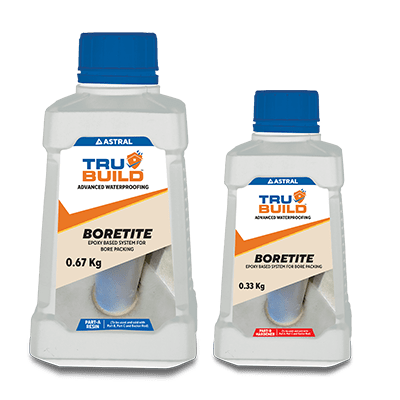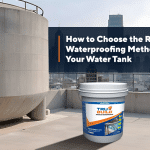The Importance of Wet Area Waterproofing in Modern Construction
Aug 14, 2024
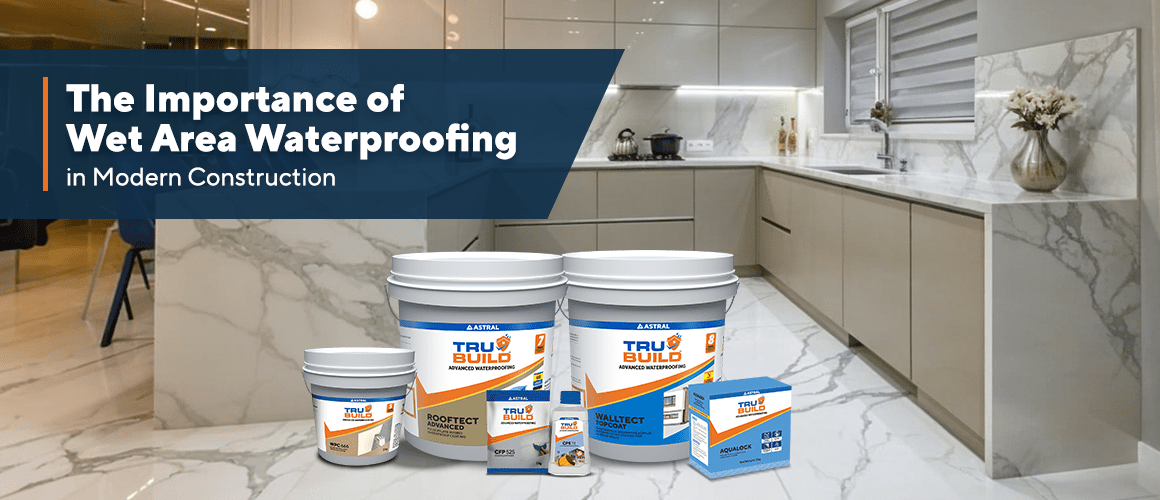
Have you ever noticed how some bathrooms last for years without issues while others quickly face mould and water damage? What makes all the difference is proper wet area waterproofing. In modern construction, this essential step helps keep moisture out of spaces like bathrooms, kitchens and toilets, protecting the building from long-term damage. Let us explore how wet area waterproofing ensures the durability of residential buildings.
-
- Prevents Water Infiltration
Wet areas like bathrooms and kitchens are constantly exposed to moisture. Wet area waterproofing acts as a protective barrier, which prevents water from seeping into walls, floors and foundations. This protection is important to avoid long-term structural damage. - Prevents Mould and Mildew Growth
Water seepage, if left unchecked, can create an ideal breeding ground for mould and mildew on the walls and floors of bathrooms and toilets. Bathroom waterproofing helps keep these areas dry, reducing the risk of harmful fungal growth, which can negatively impact both the structure and the health of its occupants. - Preserves Structural Integrity
Over time, constant exposure to moisture can weaken a building’s structural components, leading to cracks and damage in walls, beams, and floors. Effective floor waterproofing ensures that water does not penetrate the substructure, which keeps floors safe from deterioration. This preservation is helps maintain the longevity of the entire building. - Prevents Costly Repairs
The costs associated with repairing water damage can be significant. Investing in wet area waterproofing early in construction helps avoid expensive repairs that may arise from water damage in wet areas like bathrooms, kitchens, and toilets. This is especially true for areas such as the bathroom, where waterproofing can prevent leaks from spreading to other rooms or floors. - Improves Hygiene
In areas like toilets and bathrooms, the buildup of moisture without proper waterproofing can lead to unhygienic conditions. Toilet waterproofing helps in maintaining cleanliness by preventing the accumulation of dampness, which often leads to mould, stains, and bad odours.
- Prevents Water Infiltration
Wet Areas in Your Home That May Need Waterproofing
- Bathroom Waterproofing: Bathrooms are exposed to water daily from showers, sinks, and baths. Without proper bathroom waterproofing, leaks can damage the surrounding structures, including walls and floors.
- Toilet Waterproofing: Toilets are prone to dampness, and without toilet waterproofing, there is a high risk of water infiltration. This leads to structural weakening and hygiene problems.
- Kitchen Waterproofing: In kitchens, moisture from cooking and spills is common, especially around sinks. Proper waterproofing is essential to prevent water damage to cabinets and floors, as well as to reduce mould growth.
Opting for an effective waterproofing solution is vital for preventing moisture-related issues in your home. Astral Trubuild’s waterproofing products offer reliable protection in wet areas, helping maintain the durability and hygiene of your living spaces.
Astral Trubuild’s Waterproofing Solutions
To ensure long-lasting protection in wet areas, Trubuild WSL 334 (Super Latex) and Trubuild WPL 333 offer superior performance. Trubuild WSL 334 is a ready-to-use styrene butadiene latex that excels in bathroom, toilet, and floor waterproofing. It provides excellent bonding strength for old-to-new concrete and plaster, making it ideal for repairs.
Trubuild WPL 333 is also a styrene-butadiene latex that reduces shrinkage and cracking, making it perfect for waterproofing floors, bathrooms, toilets, kitchens, and even terraces. Both products ensure comprehensive protection, preventing water damage and increasing the lifespan of a building.


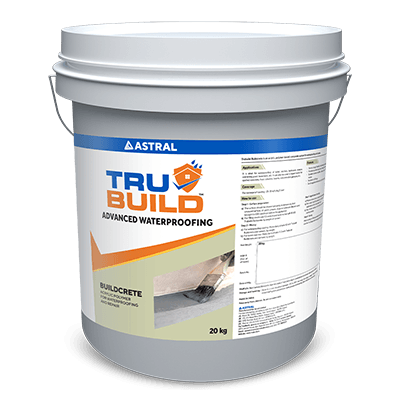
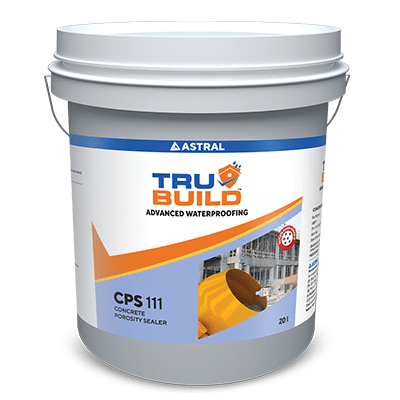
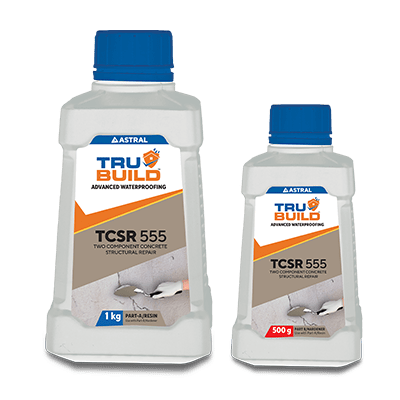


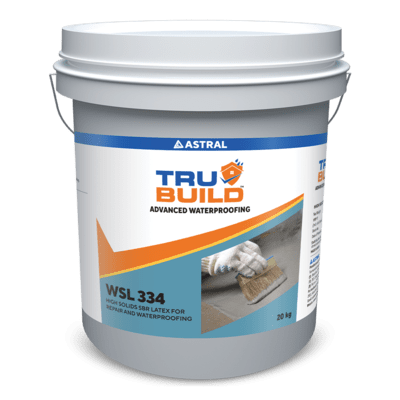
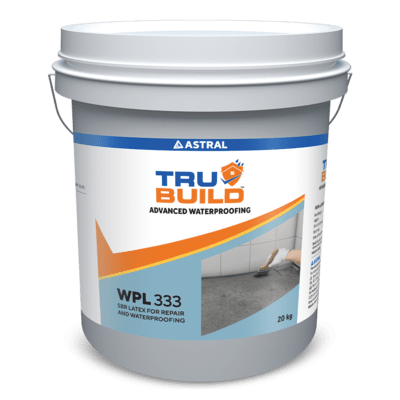
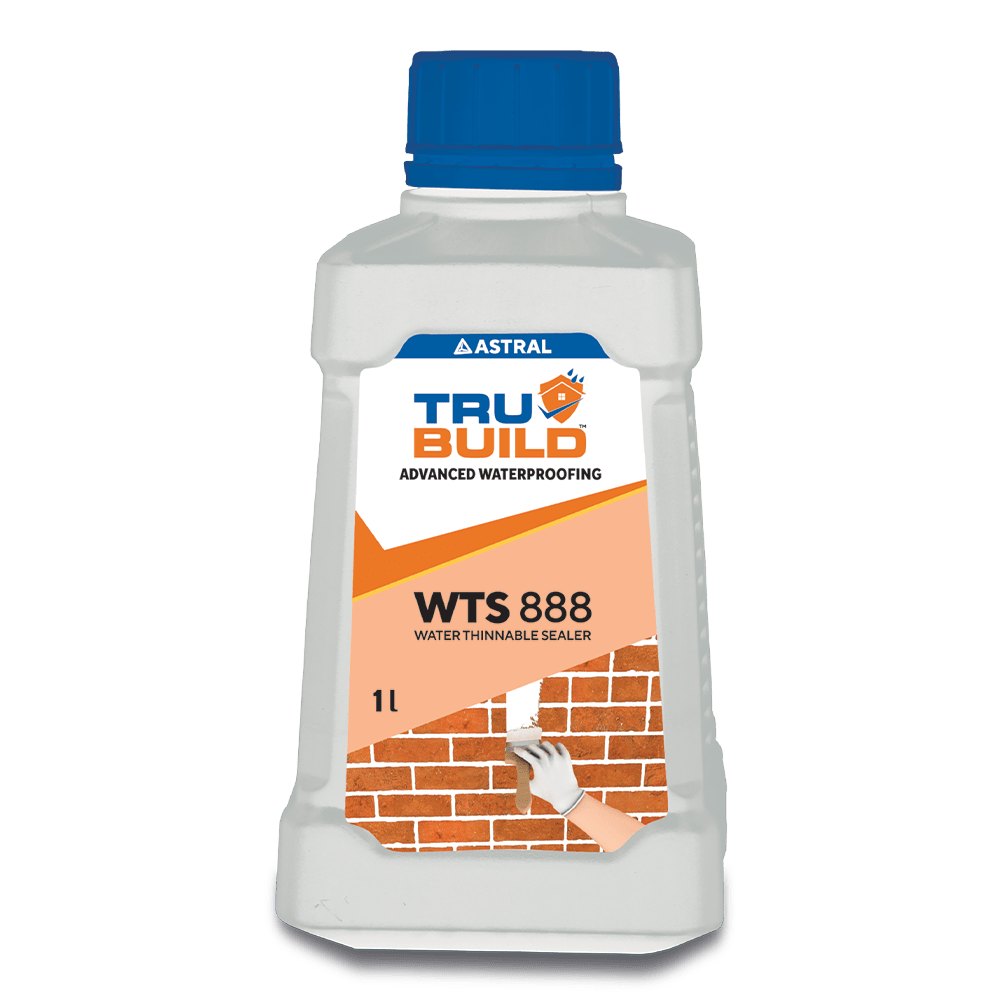



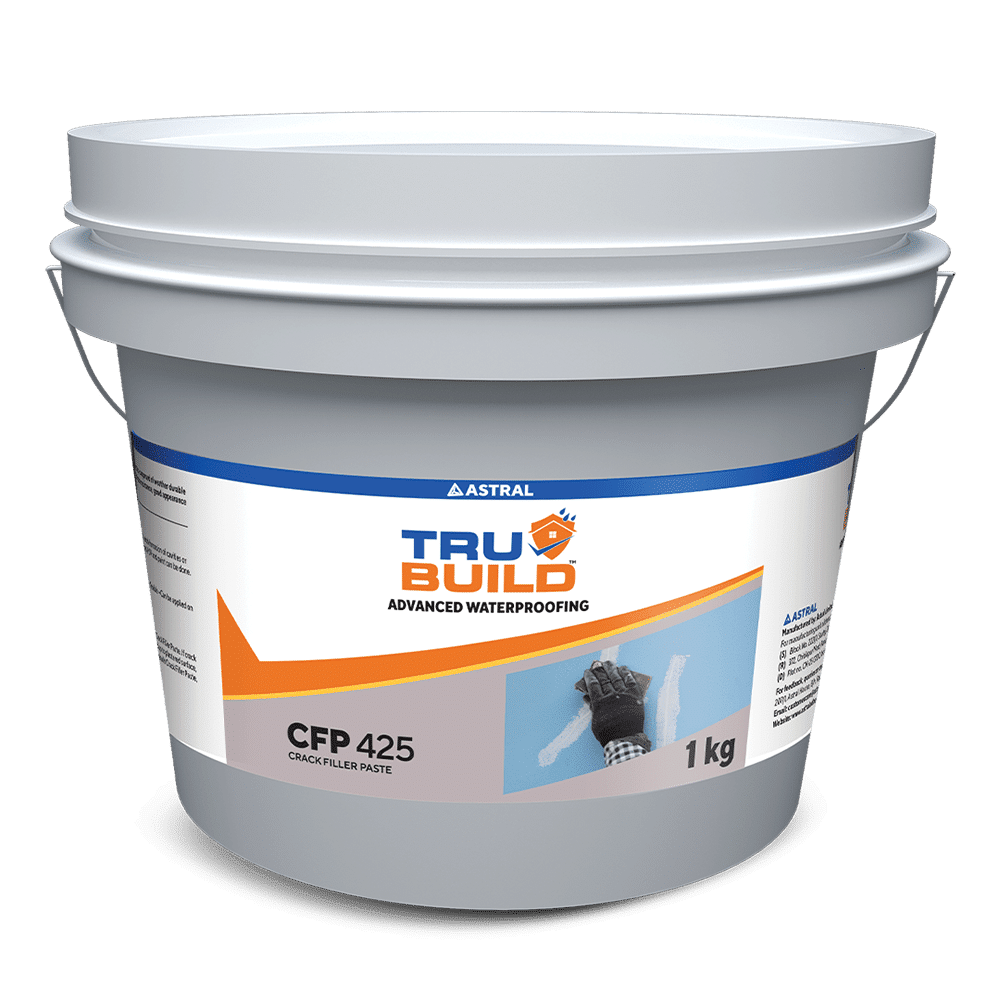




 Professional Sealants
Professional Sealants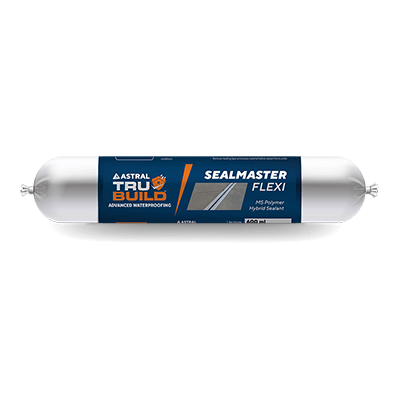
 Roof Waterproofing
Roof Waterproofing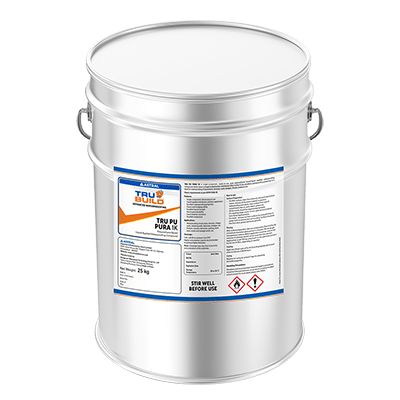
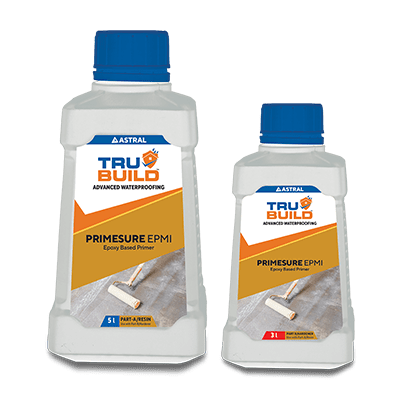



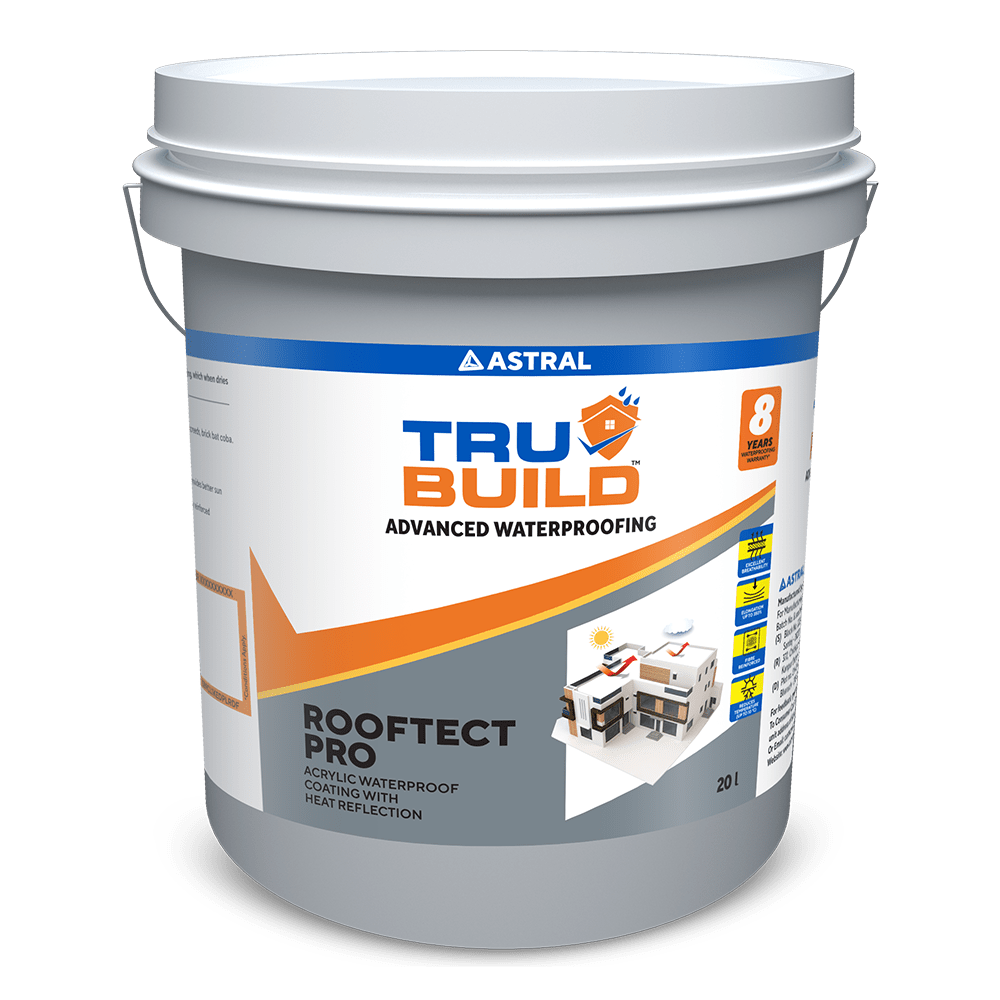
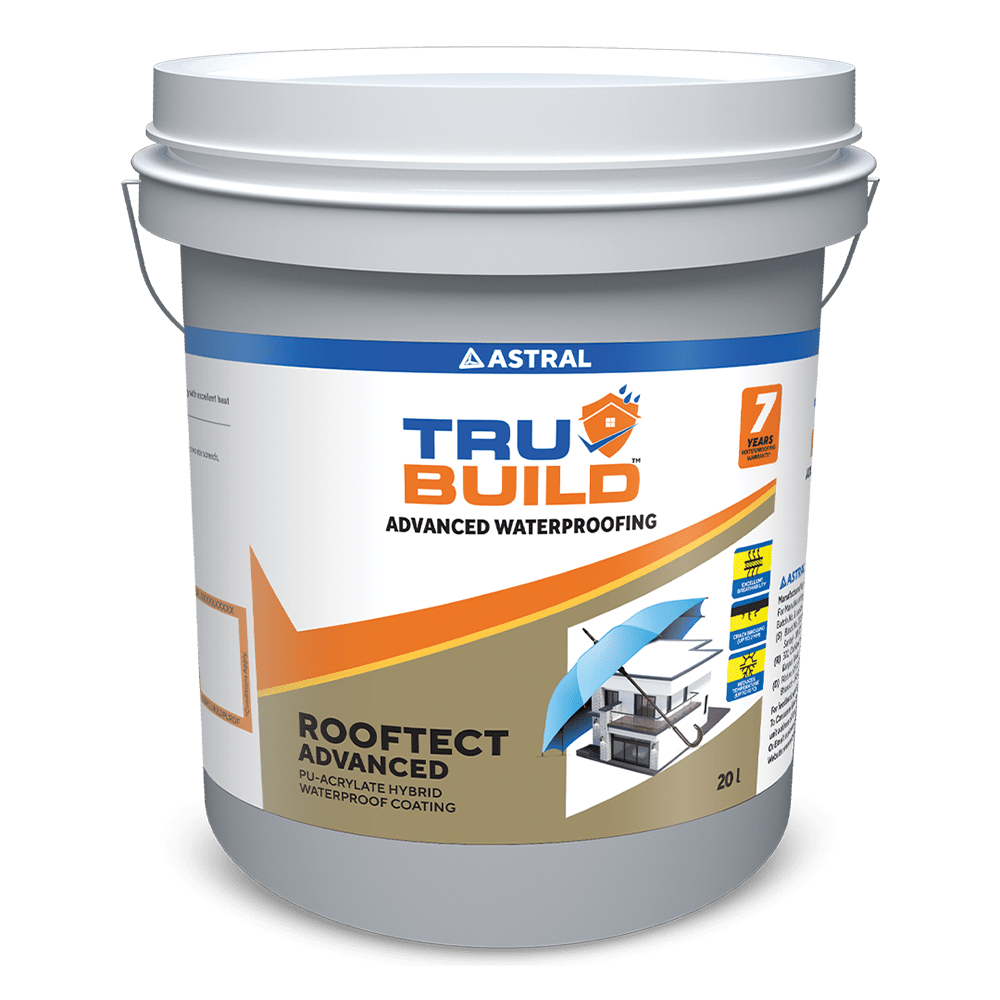
 Substructure Waterproofing
Substructure Waterproofing Tiling and Grouting
Tiling and Grouting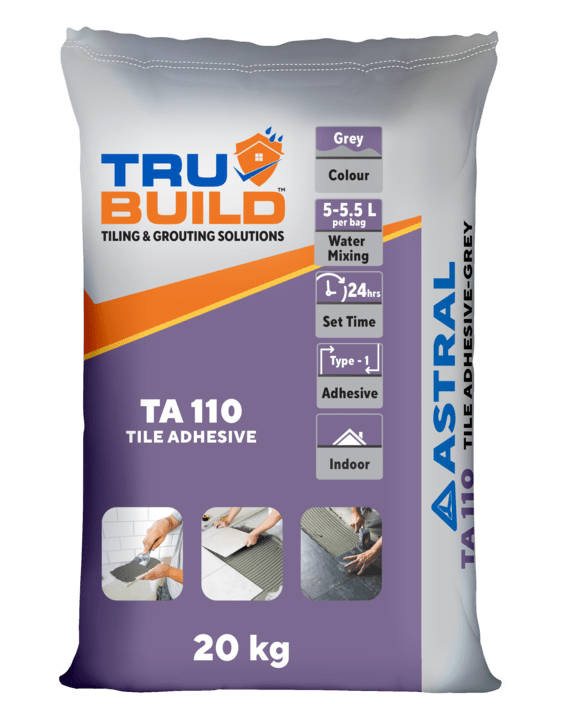
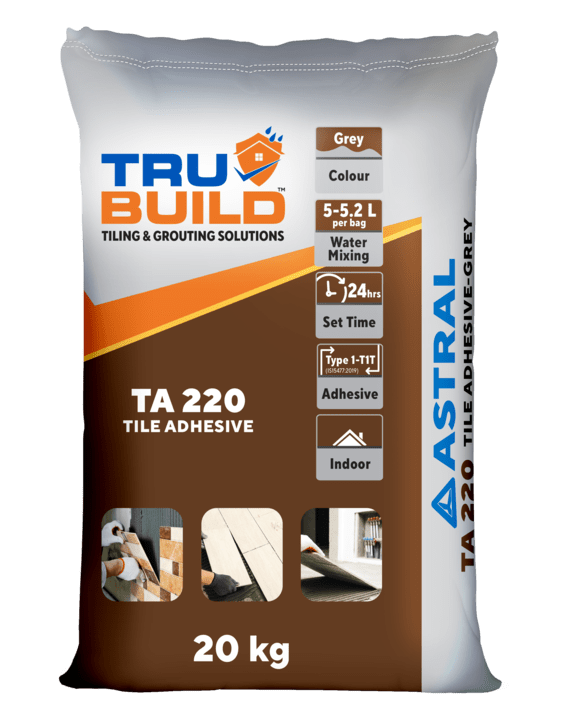
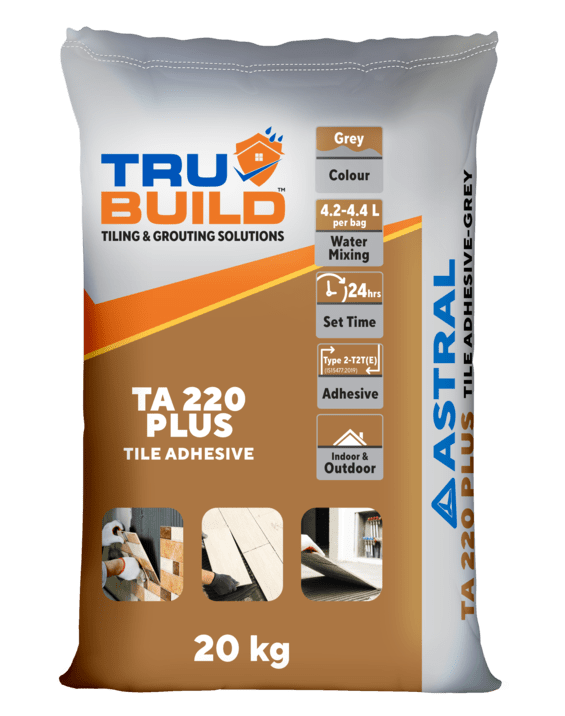
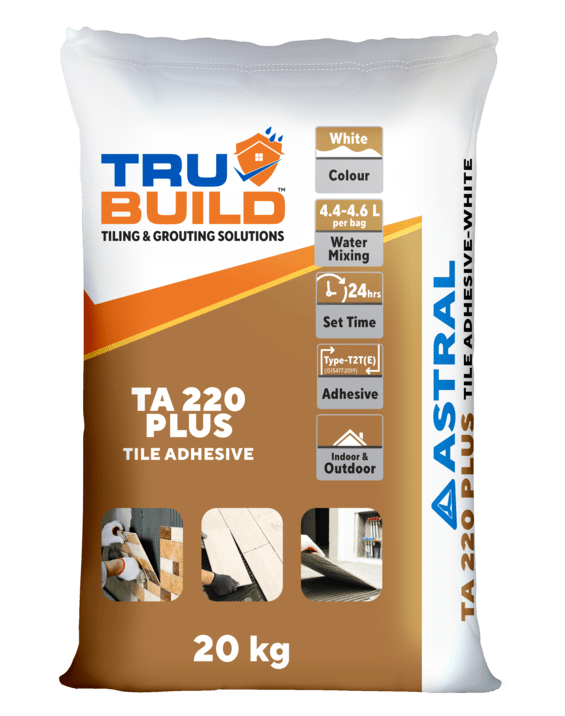
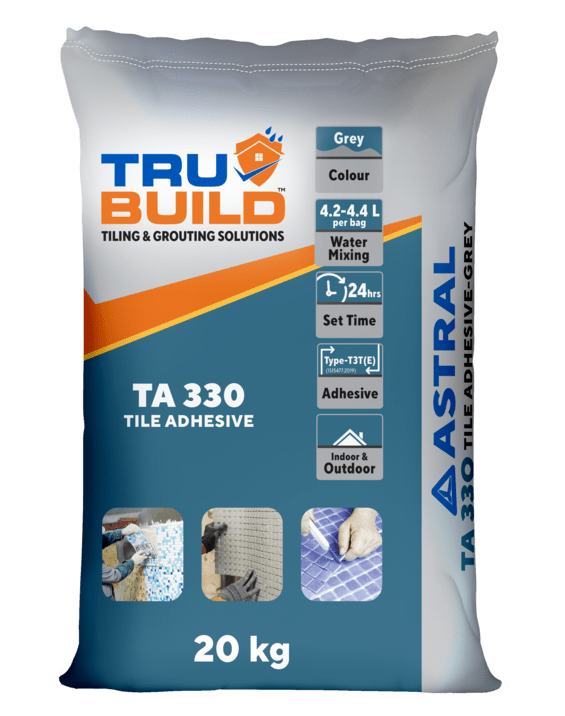
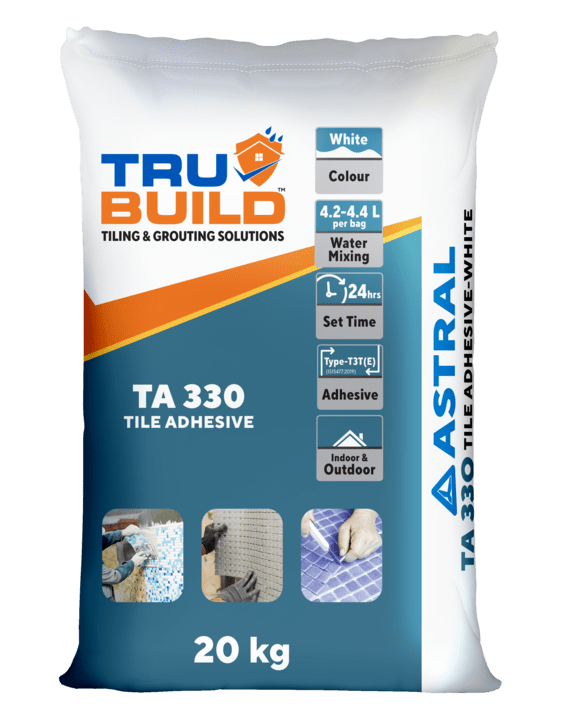
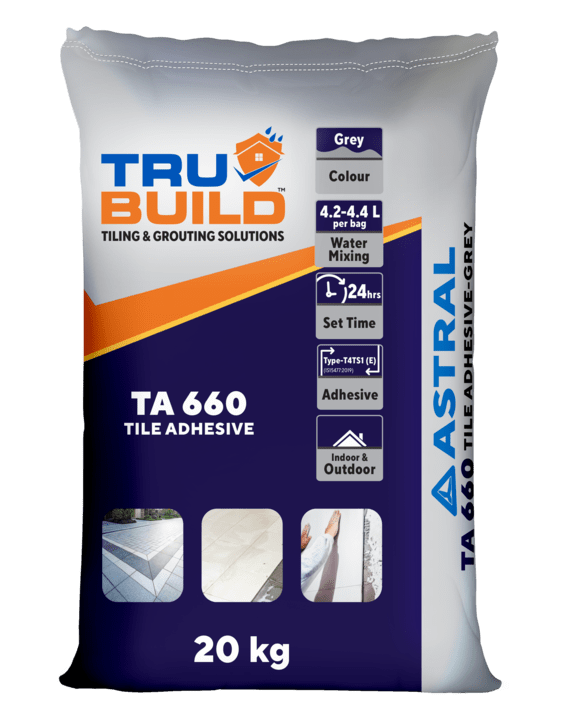
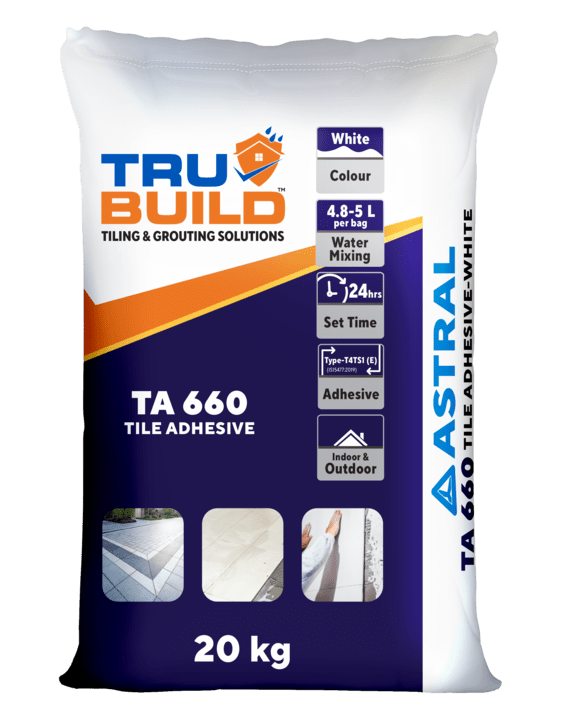


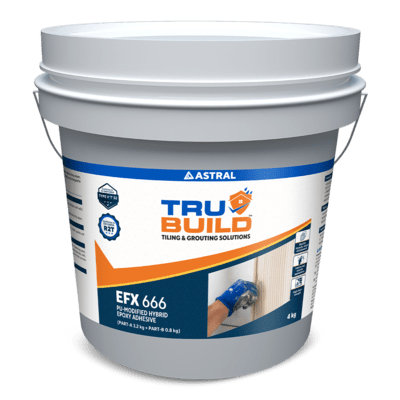
 Water Tanks and Other Areas
Water Tanks and Other Areas